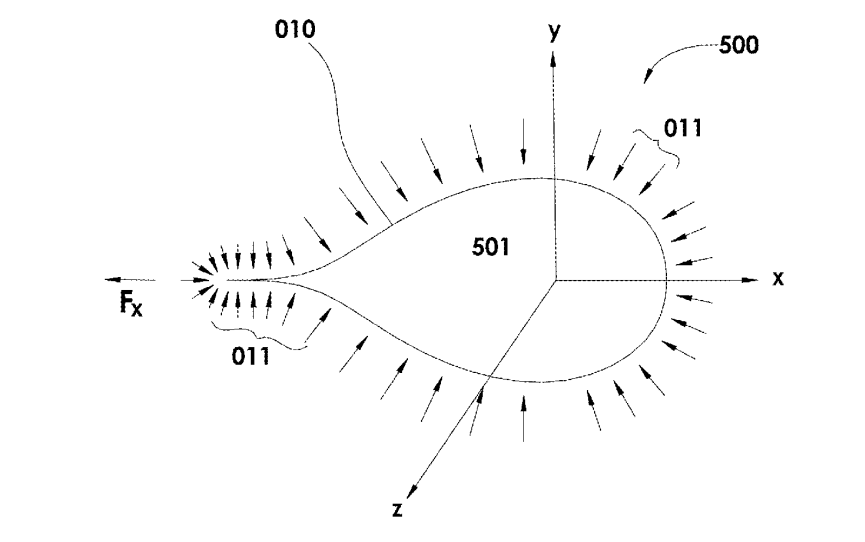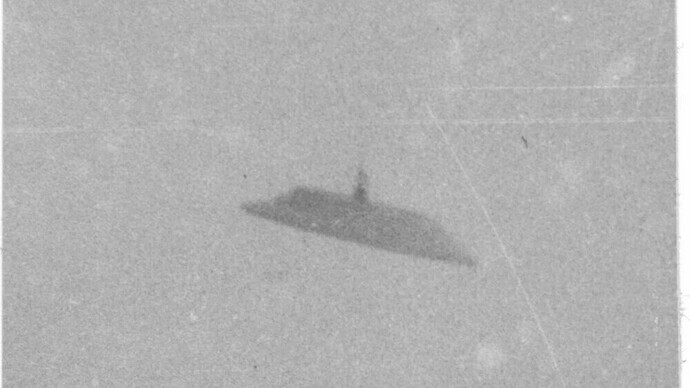What does the phrase “electrostatic pressure force” mean?
Looking at the drawings, it seems that they’re somehow supposed to be taking advantage of the fact that electrostatic charge distribution on closed shells is highest on areas where the curvature is greatest. This, then, is supposed to create an imbalanced “electrostatic pressure” that creates a greater pressure*area=force on one surface than over the opposing surface.
So, ok, now we have to ask what is “electrostatic pressure”? Well, if you have charges right next to each other, they repel each other along a tangent to the surface. At static equilibrium these forces (per infinitesimally thin shell’s cross sectional areas) are balanced and are totally contained within the surface so there is no “pressure” external to the shell.
But then I suppose there is the “pressure” that would, at appropriately high voltages, cause an arc breakdown from the high concentration of charge at the highest curvature – spewing electrons (assuming the potential is negative) into the surrounding space. But, where does the charge go?
In all, this is highly reminiscent of:
In particular:

